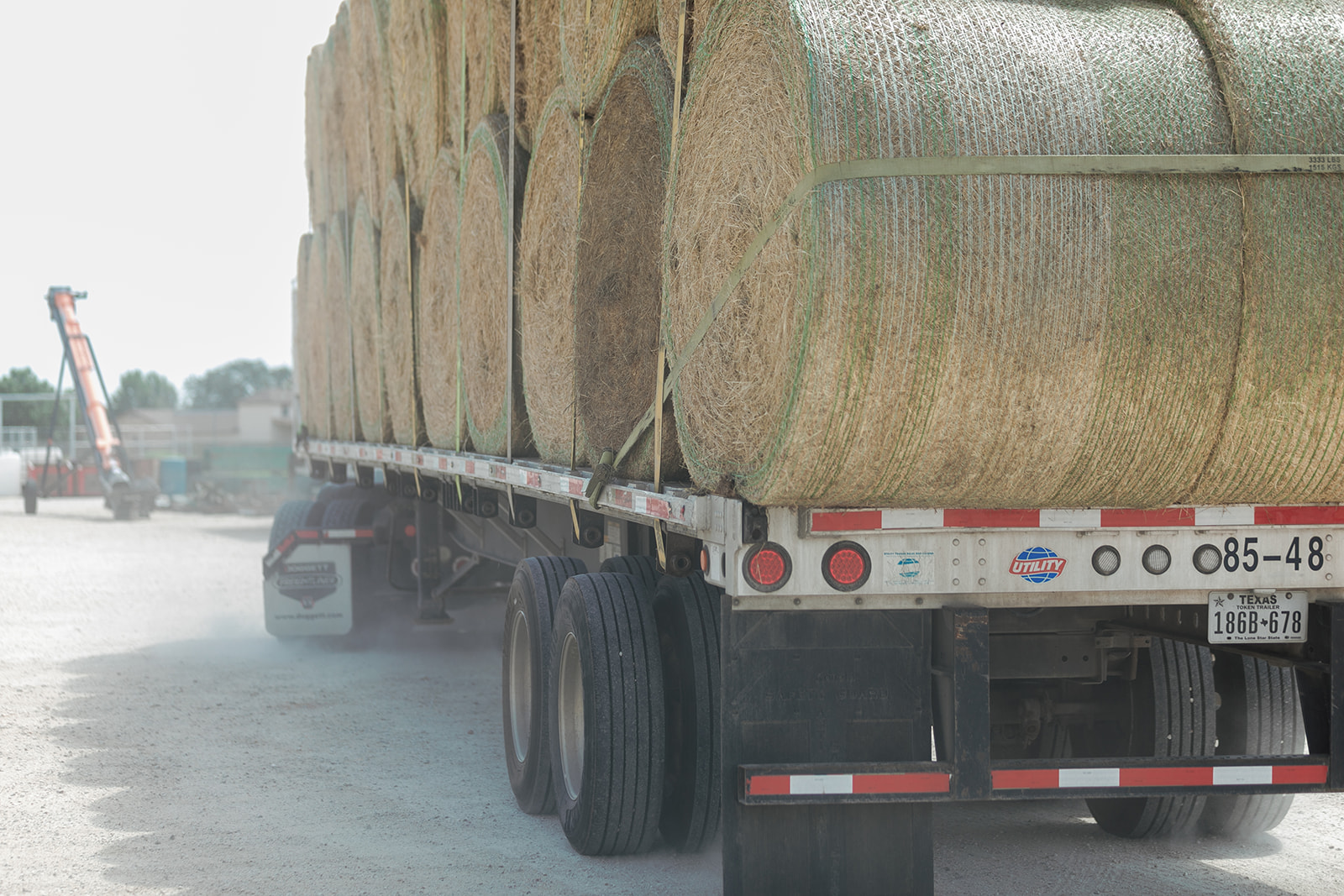Why It Matters
Hay and bedding are crucial for your livestock’s health and comfort. Good hay provides necessary nutrients, and quality bedding keeps their living area clean and cozy. Understanding these basics can improve your animals’ well-being and performance.
Choosing the Right Hay
- Types of Hay
- Alfalfa Hay: Great for young animals and lactating females because it’s high in protein and calcium. Also good for horses with high energy needs.
- Timothy Hay: A balanced choice for adult animals. Provides fiber and nutrients. Commonly used for horses and small pets like rabbits.
- Prairie Hay: Good for cattle and sheep. It’s high in fiber but has less protein compared to alfalfa. Often a more affordable option.
- Quality Indicators
- Freshness: Look for green, fresh-smelling hay. Avoid brown or musty hay.
- Texture: Good hay should be soft and flexible, without mold or dust.
- Storage: Store hay in a dry place with good airflow to keep it fresh and prevent mold.
Understanding Bedding Options
- Types of Bedding
- Straw: Absorbent and provides good insulation. Best for colder weather. Common for cattle and horses.
- Shavings: Absorbent and easy to clean. Ideal for horses and small animals.
- Sawdust: Great for absorbing moisture and controlling odors. Often used with other bedding.
- Choosing Bedding
- Absorbency: Choose bedding that absorbs moisture well to keep the area dry and comfortable.
- Comfort: Bedding should be soft to prevent injuries. Deep bedding can also help with joint health in horses.
- Ease of Cleaning: Pick bedding that’s easy to clean and replace to maintain a hygienic space.
Tips for Managing Hay and Bedding
- Storage Tips
- Hay Storage: Keep hay off the ground and covered to protect it from rain and moisture. Use tarps or barns.
- Bedding Storage: Store bedding in a dry, clean place. Keep it off the ground to avoid moisture.
- Feeding Hay
- Feeding Equipment: Use feeders to reduce waste and keep hay clean. Helps manage how much each animal eats.
- Monitor Intake: Adjust the amount of hay based on the size and needs of your animals to avoid waste and ensure they get enough.
- Bedding Maintenance
- Regular Cleaning: Frequently remove dirty bedding and replace it with fresh. This keeps the area clean and reduces bacteria.
- Inspection: Check for mold or dampness in the bedding and fix any issues right away.
Benefits of Proper Hay and Bedding
- Health and Comfort
- Good Hay: Supports digestion and prevents problems like colic in horses. Helps young animals grow.
- Quality Bedding: Reduces the risk of injuries and provides comfort, which is important for their well-being.
- Economic Efficiency
- Reduced Waste: Proper use of hay and bedding cuts down on waste and saves money, giving you more value.
- Hygiene and Cleanliness
- Clean Living Spaces: Good bedding keeps the area clean and lowers the risk of diseases.
Selecting the right hay and bedding is vital for your livestock’s health and comfort. Knowing how to choose and manage these can greatly improve your animals’ quality of life. For more tips on livestock care, visit our livestock care resources.


